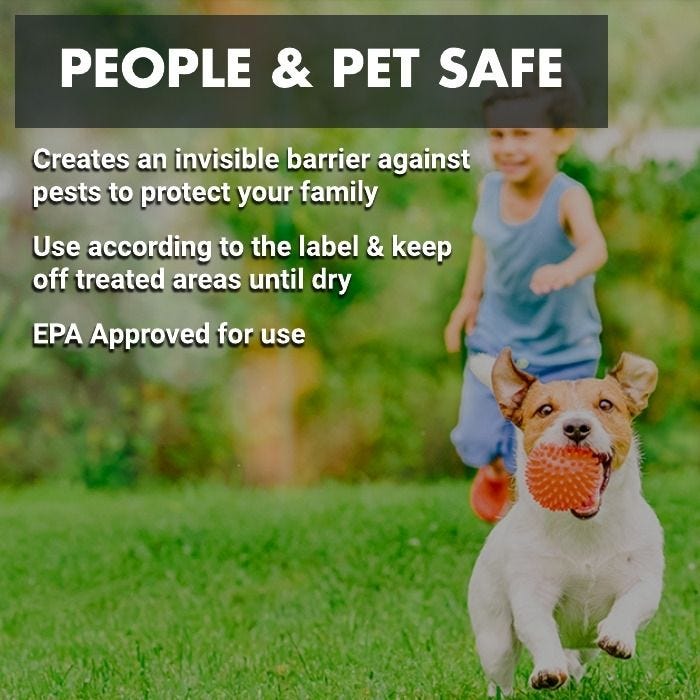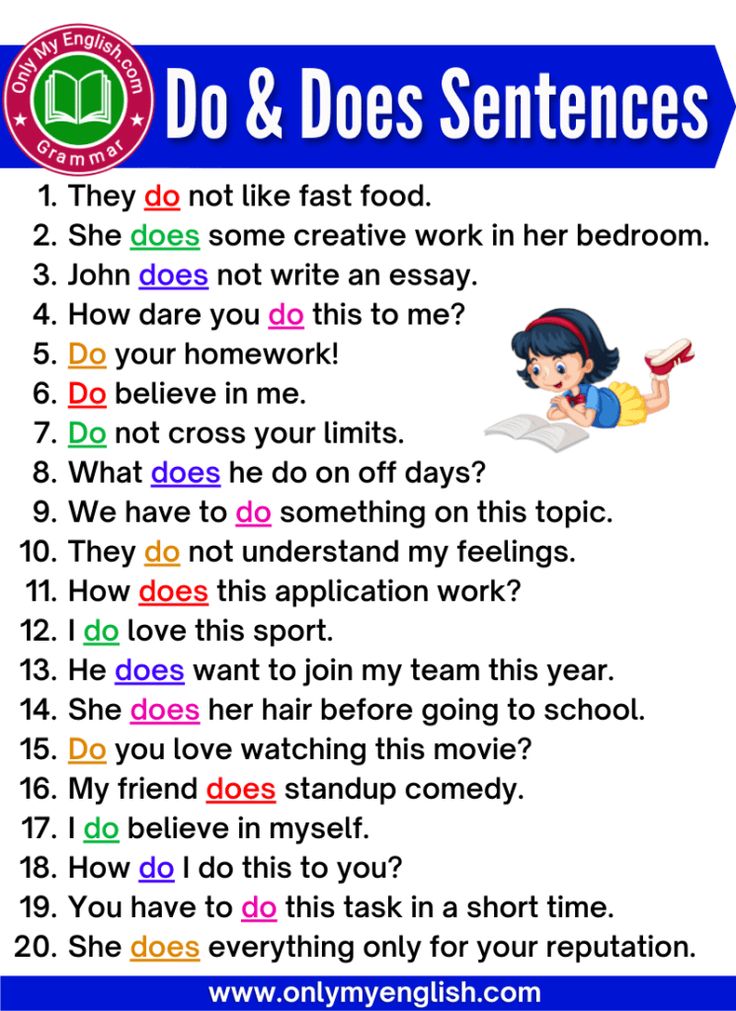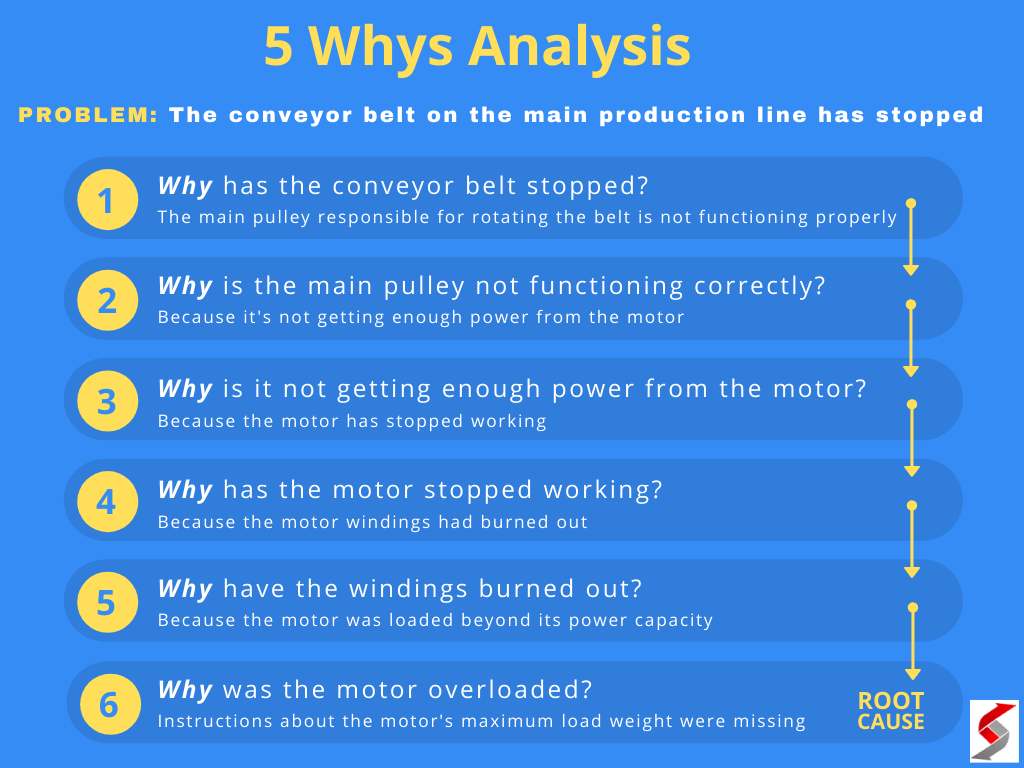How to Decide When Your Child Can Stay Home Alone: Laws, Readiness, and Practical Steps
Understanding When Children Can Stay Home Alone
Deciding when a child can stay home alone is a significant milestone for families. The decision requires balancing safety, maturity, and legal requirements. There is no universal answer, as children develop at different rates and each family’s situation is unique. This guide reviews the key factors, state laws, and practical steps to help families make informed decisions, while offering real-world examples and alternative approaches.

Source: realsimple.com
Legal Age Requirements: What the Law Says
In the United States, most states do not have a specific legal age at which a child can be left home alone. However, some states do set minimum ages, which typically range from 8 to 14 years old. For example, Illinois law specifies a minimum age of 14, Maryland sets the minimum at 8, and Oregon at 10. Minnesota, like many states, does not have an explicit law but recommends following county-specific guidelines and best practices. Before making a decision, it is essential to check your local regulations, which may be enforced at the city, county, or state level. For up-to-date, region-specific guidance, families should contact their county social services or state child welfare agencies. You can search for the official website of your state’s Department of Human Services or contact your local county office for details on regulations and recommendations [1] .
Maturity and Readiness: Key Considerations
Even in areas without a legal minimum age, experts agree that most children are not mature enough to be left home alone regularly until they are at least 10 or 11 years old. Some mature 8- or 9-year-olds may be ready for short periods alone, but this is less common. The following factors are crucial in assessing readiness:
- Emotional maturity: Can your child stay calm and follow instructions in stressful situations?
- Decision-making skills: Does your child think before acting? Are they able to weigh risks and make safe choices?
- Responsibility: Has your child demonstrated they can handle household tasks and emergencies?
- Comfort level: Is your child confident about being alone, or do they express anxiety or fear?
- Peer influence: How does your child respond to peer pressure and temptation, especially in the absence of adults?
It is strongly recommended that parents have open conversations with their children about their feelings and comfort level. This dialogue helps gauge readiness and address any concerns [2] .
Common Guidelines by Age
While each child is unique, general guidelines can help parents decide on appropriate timeframes for leaving children alone:
- Under age 7: Should never be left home alone or unsupervised, even for short periods.
- Ages 8-10: May be left alone for 1-2 hours during daylight and early evening, provided the child is mature and feels comfortable.
- Ages 11-12: Can typically be left alone for up to 3 hours, but not late at night or in situations requiring advanced responsibility.
- Ages 13-15: May be left alone for longer periods, but generally not overnight.
- Ages 16-17: Often considered responsible enough to stay home alone overnight for short periods, depending on maturity and circumstances.
These are only guidelines; ultimately, the decision should be based on the child’s maturity and the family’s circumstances [1] .
Preparing Your Child for Home Alone Readiness
Preparation is essential for ensuring your child’s safety and comfort when staying home alone. Here are actionable steps to build readiness:
- Start with short periods: Begin by leaving your child alone for brief intervals, such as running a quick errand. Gradually increase the time as your child gains confidence and demonstrates responsibility.
- Establish clear rules: Set ground rules for what is and isn’t allowed, including answering the door, using the stove, and inviting friends over.
- Role-play scenarios: Practice responses to emergencies (fire, injury, power outage) and ensure your child knows how to call 911 and reach trusted adults.
- Emergency contacts: Make a list of emergency numbers and place it where your child can easily find it. This should include your phone, a neighbor, and local emergency services.
- Check-in routines: Establish a routine for your child to check in with you when they arrive home and at regular intervals.
Consider your child’s developmental stage, recent life changes, and emotional state. Avoid starting self-care during periods of stress, such as after a move, divorce, or family crisis [1] .
Real-World Examples and Case Studies
Families across the United States approach this milestone in different ways. For instance, a family in Illinois with a 13-year-old may choose to wait until the child’s 14th birthday due to state law, while a family in Maryland might begin leaving an 8-year-old home alone for short periods after careful preparation. Another example involves parents gradually building up their child’s self-care skills by leaving them alone for 15 minutes at a time, increasing the duration as confidence grows. These examples illustrate the importance of adapting strategies to suit both legal requirements and the individual child’s development [3] .
Alternative Approaches and Additional Resources
If your child is not ready to stay home alone, or if the law in your area does not permit it, consider alternatives such as supervised after-school programs, trusted neighbors, or family members. Many community centers offer structured programs that provide safe environments for children during after-school hours. To explore these options:
- Contact your local school district for after-school program listings.
- Search for “after-school care” or “youth programs” in your city’s official website or community center portal.
- Ask neighbors or friends for recommendations on local resources.
For foster parents or unique family situations, consult with your caseworker or local child welfare agency to ensure compliance with all guidelines and to access additional support [3] .
Step-by-Step Decision Guide
1. Research your local laws: Search for your state and county’s official child welfare or human services website to determine if a minimum age exists.
2. Assess your child’s maturity: Reflect on your child’s ability to follow rules, act responsibly, and handle emergencies.
3. Discuss with your child: Have an honest conversation about their comfort level and address any concerns.
4. Plan and prepare: Create safety rules, rehearse emergency responses, and start with short practice periods.

Source: pinterest.com
5. Monitor and adjust: Evaluate your child’s readiness regularly and adjust your approach based on their development and feedback.
Potential Challenges and Solutions
Some children may initially feel anxious or unsure about staying home alone. To address this, provide reassurance, keep communication lines open, and build up their confidence gradually. If legal or logistical barriers arise, such as restrictive state laws or lack of nearby support, seek alternative care arrangements and community resources. Remember that readiness is an evolving process, and it is normal for parents and children to revisit the conversation as circumstances change.
Key Takeaways
There is no single age at which it is universally appropriate for children to stay home alone. The right time depends on your child’s maturity, local laws, and family situation. By researching regulations, assessing readiness, and preparing thoroughly, families can ensure a smooth and safe transition to this new stage of independence.
References
MORE FROM gowithdeal.com













